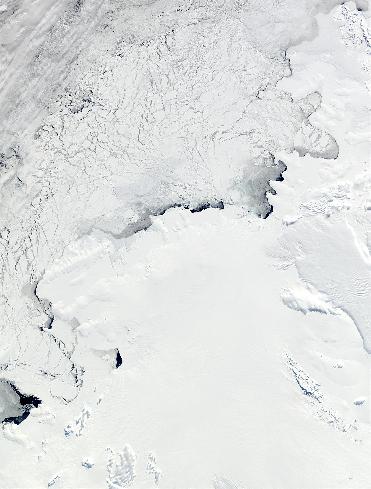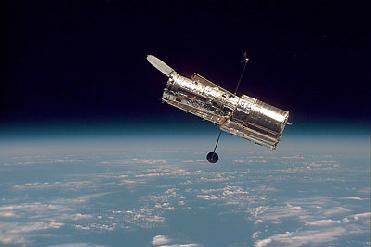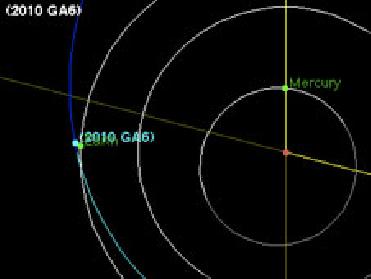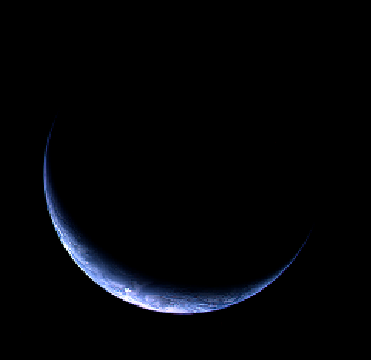
TORONTO (BNS): A University of Waterloo scientist has warned of severe ozone loss resulting in the largest ozone hole over the South Pole this month. Lu’s study also predicts another large hole around 2019.
Lu says that cosmic rays are the main cause for expanding the hole in the ozone layer over the South Pole.
For more than two decades the accepted yheory was that the Earth's ozone layer is depleted by chlorine atoms produced by sunlight-induced destruction of chlorofluorocarbons (CFCs) in the atmosphere. But a new theory points out that cosmic rays play a major role in ozone depletion.
According to astronomers, high concentrations of ozone exist in the Earth's atmosphere. “It absorbs almost all of the sun's high-frequency ultraviolet light, which is potentially damaging to life on Earth and causes diseases such as skin cancer and cataracts. The Antarctic ozone hole can be larger than the size of North America,” the scientists said.
After analyzing data from several sources, including NASA satellites, Lu says that there is a correlation between cosmic ray intensity and ozone depletion. “Lab measurements demonstrate a mechanism by which cosmic rays cause drastic reactions of ozone-depleting chlorine inside polar clouds,” he said.
Satellite data collected over a period of 27 years beginning 1980 indicates two full 11-year solar cycles, which demonstrate the significant correlation between cosmic rays and ozone depletion.
“This finding, combined with laboratory measurements, provides strong evidence of the role of cosmic-ray driven reactions in causing the ozone hole and resolves the mystery on why a large discrepancy between the sunlight-related photochemical model and the observed ozone depletion exists,” Lu said.
However, scientific assessments by the World Meteorological Organisation and the United Nations Environment Programme, by using photochemical models, predicts increase in ozone layer by one to 2.5 per cent and Antarctic springtime ozone by five to 10 per cent between 2000 and 2020.
 Previous Article
Previous Article Next Article
Next Article













The Indian Air Force, in its flight trials evaluation report submitted before the Defence Ministry l..
view articleAn insight into the Medium Multi-Role Combat Aircraft competition...
view articleSky enthusiasts can now spot the International Space Station (ISS) commanded by Indian-American astr..
view article